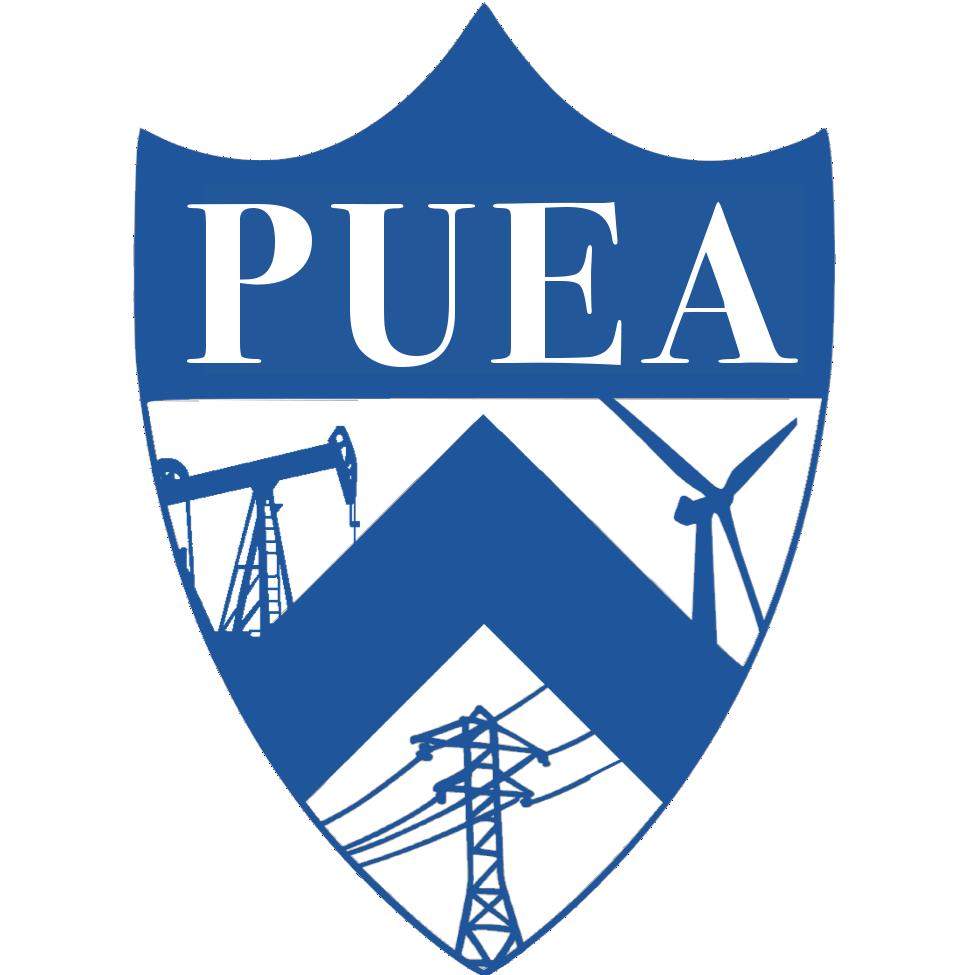Volume 1, Issue 8
March 21, 2016 – March 27, 2016
Jason Mulderrig | Anushka Dasgupta
Nuclear:
Belgium Fears Nuclear Plants are Vulnerable http://nyti.ms/1XTJMV5
March 25, 2016 | Alissa Rubin and Milan Schreuer It’s no novel concept that any nuclear power plant is a prime target for terrorism. Such a plant a source of the highly radioactive material required for the fabrication of nuclear weapons; the detonation of a bomb within a nuclear plant would have equally serious consequences. Nations which rely heavily on nuclear energy are also fearful of a nuclear plant simply being shut down – something which would threaten their power supply. The vulnerability of nuclear plants has come into frightening relief following the Paris and Brussels attacks, since it appears that the same network which orchestrated the attacks has been planning an operation on a Belgian nuclear facility. Experts are careful to note that while ISIS has a wide base and deep roots in Europe, it is highly unlikely that it could obtain enriched uranium from such a facility. -AD
Amid a Graying Fleet of Nuclear Plants, a Hunt for Solutions http://www.nytimes.com/2016/03/22/science/nuclear-energy-power-plants-advanced-reactors.html?ref=energy-environment
March 21, 2016 | Henry Fountain This New York Times article highlights the problems that America’s nuclear sector is facing today and in the future from its old age. According to the article, about three dozen of the nation’s 99 nuclear reactors will face closer from 2029 to 2035. This will evaporate a third of the generating capacity of the nuclear sector, which itself provides about 20 percent of the electricity for the country. One solution is to build more nuclear reactors – preferably new generation reactors such as molten salt reactors or small modular reactors. However, the Nuclear Regulatory Commission’s approval process for new reactor designs takes an extremely long time – so long that the industry is running out of time to have new reactor designs approved. The other solution is for the nuclear facilities to be granted a 20 year license extension, which will push most plants an 80 year lifespan. However, scientists are not sure if the aging reactors can materially hold up for another 20 years, and economists are not sure if it is economically wise to keep these reactors running for that long. In any case, the American nuclear industry is quickly running out of time to deal with its aging infrastructure and needs to find a solution fast. -JPM
Solar:
A Xerox Machine for Super Solar Panels https://www.technologyreview.com/s/601097/a-xerox-machine-for-super-solar-panels/
March 25, 2016 | Mike Orcutt The Ivanpah Solar Electric Generating System, a facility in California, has failed to produced even two-thirds of its expected power output since its opening in 2014. The plant operates on concentrated solar power. The basic idea of concentrated solar involves mirrors mounted on the ground, which direct sunlight to a central tower and generate steam in a boiler at the top of the tower; Ivanpah uses 750,000 such mirrors. In recent years, however, the price of photovoltaic solar panels has dropped which the cost of concentrated solar power has remained relatively expensive. The California utilities commision has granted the plant a year to meet expectations before it will have to default on its contract with PG&E. -AD
Wind:
Wind Power Transmission Project in Plains Earns U.S. Approval http://www.nytimes.com/2016/03/26/business/energy-environment/wind-power-transmission-project-in-plains-earns-us-approval.html?ref=energy-environment&_r=0
March 25, 2016 | Diane Cardwell This past Friday, the Energy Department approved a major high voltage transmission project, called Plains and Eastern, that aims to deliver electricity produced by wind farms in the Texas and Oklahoma panhandles to urban centers in the Midwest. The project was being delayed at the state level, but now the federal government has given the company leading it, Clean Line, the go-ahead to begin land acquisition and construction. This project is one of several high-voltage transmission projects in America that are committed to spreading electricity produced by renewable energy to more populated centers. -JPM

